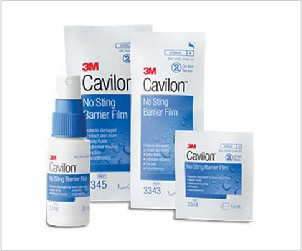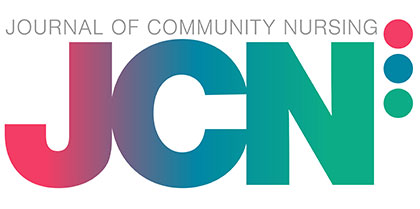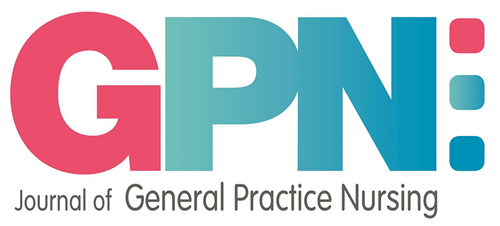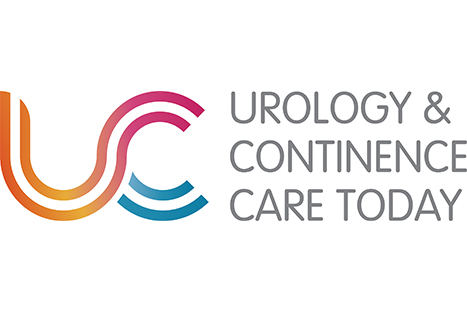Cultivating Incontinence-associated Dermatitis Prevention Practices in an Australian Local Health District: A Quasi-experimental Study
Authors: Michelle Barakat-Johnson, RN, MN, PhD(c); Michelle Lai, MRes, PhD(c), MN, BN, RN; Timothy Wand, RN, NP, MN(Hons) PhD; Fiona Coyer, RN, MSc Nursing, PhD; Kathryn White, RN, MN, PhD

Incontinence-associated dermatitis (IAD) is a common, painful, difficult-to-treat skin condition.
Purpose: A 2-part, quasi-experimental, post-test study was conducted to evaluate the impact of prevention initiatives on IAD prevalence and incontinence practices.
Methods: In part 1, from May 2017 to November 2017, a quasi-experimental post-test study design was conducted in a health district in Australia. Following an audit of IAD prevalence and identification of evidence practice gaps in 4 hospitals in a local health district (12 wards, 250 patients), an implementation science approach was used to implement evidence-based initiatives. An IAD committee was formed, staff were educated about correct incontinence pad sizing, washable and disposable underpads and plastic sheets were removed from the care setting, and barrier cream cloths for cleansing, moisturizing, and protecting skin were introduced. Patients admitted to 1 of the 12 wards who were ≥18 years of age were recruited for participation and evaluation in the post-intervention implementation IAD and incontinence care practices audit. Post-intervention data were entered into a software program and compared to pre-implementation data using descriptive and bivariate statistics. In part 2, nurses from the 12 wards were asked to participate in 1 of 6 focus groups to share their impressions about the barrier cream cloths. Discussions were transcribed verbatim and analyzed using descriptive content analysis.
Results: The rate of incontinence among audited patients (N= 259, 132 men, 124 women; mean age 73.2 ± 16.8 years) was 47.2% (119/252) and 2/259 (0.8%) had a pressure injury (PI). IAD prevalence was significantly lower in the post- than in the pre-implementation audit (6/259 vs 23/250; P = .015), as was hospital-acquired pressure injury (9/250 [3.6%] vs 2/259 [0.08%]) and the use of bed protection layers (154/238 vs 6/259; P <.01). The focus groups included 31 nurses (25 women, 6 men). Four (4) themes emerged: 1) benefits to the patient (eg, improved skin condition), 2) usability (eg, fewer steps), 3) problems encountered (eg, not seeing the barrier in place), and 4) related factors. Patient comfort was cited frequently as an important benefit.
Conclusion: Evidence-based initiatives led to a significant reduction in IAD prevalence and improved incontinence care practices.
Purpose: A 2-part, quasi-experimental, post-test study was conducted to evaluate the impact of prevention initiatives on IAD prevalence and incontinence practices.
Methods: In part 1, from May 2017 to November 2017, a quasi-experimental post-test study design was conducted in a health district in Australia. Following an audit of IAD prevalence and identification of evidence practice gaps in 4 hospitals in a local health district (12 wards, 250 patients), an implementation science approach was used to implement evidence-based initiatives. An IAD committee was formed, staff were educated about correct incontinence pad sizing, washable and disposable underpads and plastic sheets were removed from the care setting, and barrier cream cloths for cleansing, moisturizing, and protecting skin were introduced. Patients admitted to 1 of the 12 wards who were ≥18 years of age were recruited for participation and evaluation in the post-intervention implementation IAD and incontinence care practices audit. Post-intervention data were entered into a software program and compared to pre-implementation data using descriptive and bivariate statistics. In part 2, nurses from the 12 wards were asked to participate in 1 of 6 focus groups to share their impressions about the barrier cream cloths. Discussions were transcribed verbatim and analyzed using descriptive content analysis.
Results: The rate of incontinence among audited patients (N= 259, 132 men, 124 women; mean age 73.2 ± 16.8 years) was 47.2% (119/252) and 2/259 (0.8%) had a pressure injury (PI). IAD prevalence was significantly lower in the post- than in the pre-implementation audit (6/259 vs 23/250; P = .015), as was hospital-acquired pressure injury (9/250 [3.6%] vs 2/259 [0.08%]) and the use of bed protection layers (154/238 vs 6/259; P <.01). The focus groups included 31 nurses (25 women, 6 men). Four (4) themes emerged: 1) benefits to the patient (eg, improved skin condition), 2) usability (eg, fewer steps), 3) problems encountered (eg, not seeing the barrier in place), and 4) related factors. Patient comfort was cited frequently as an important benefit.
Conclusion: Evidence-based initiatives led to a significant reduction in IAD prevalence and improved incontinence care practices.
Wounds Global sponsor
Sponsored by:

Wounds Global sign up
Sign up to stay in the know
Receive alerts about the latest resource updates and educational events on MASD.
Sign up© Wound Care People Ltd. 2024
Please login to make use of our reading list feature.
 Success!
Success!
Click here to view your reading list
You need to be logged in to subscribe to a journal. Please login to make use of our journal subscription feature.
Thank you for your subscription.




 Global focus:
Global focus: 







